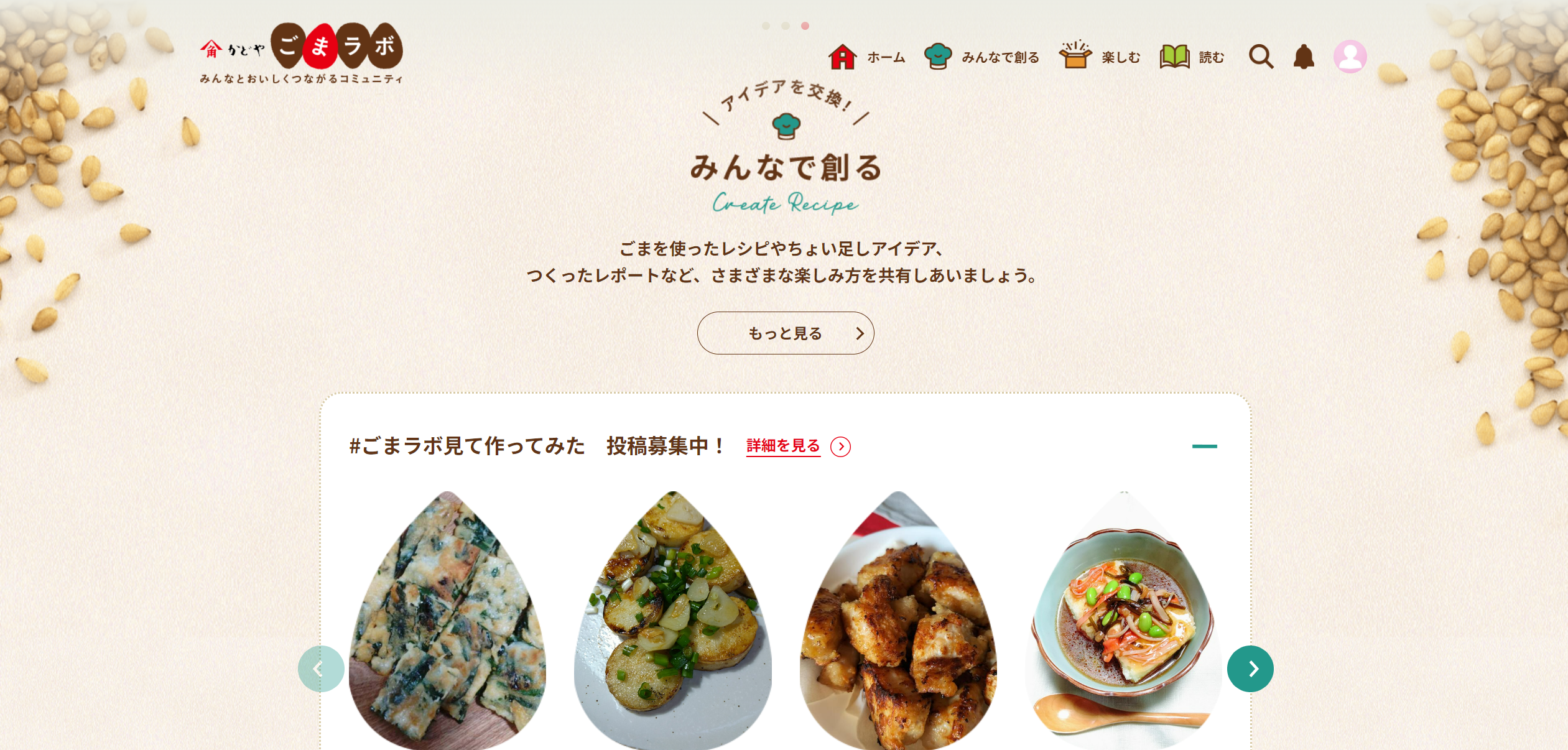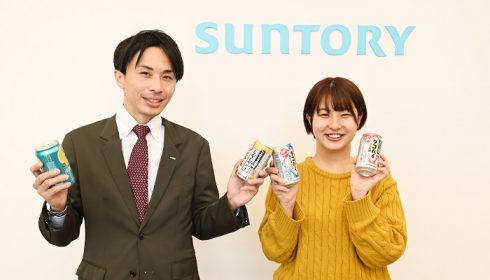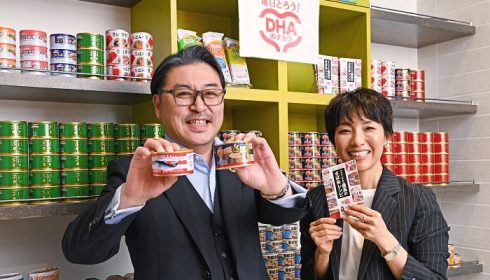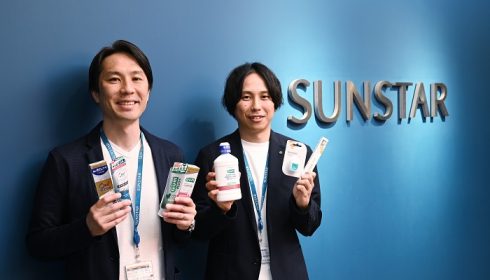Community measures are not completed online. What reconnecting with Shodoshima, the island where the company was founded, will bring to the "Kadoya" brand
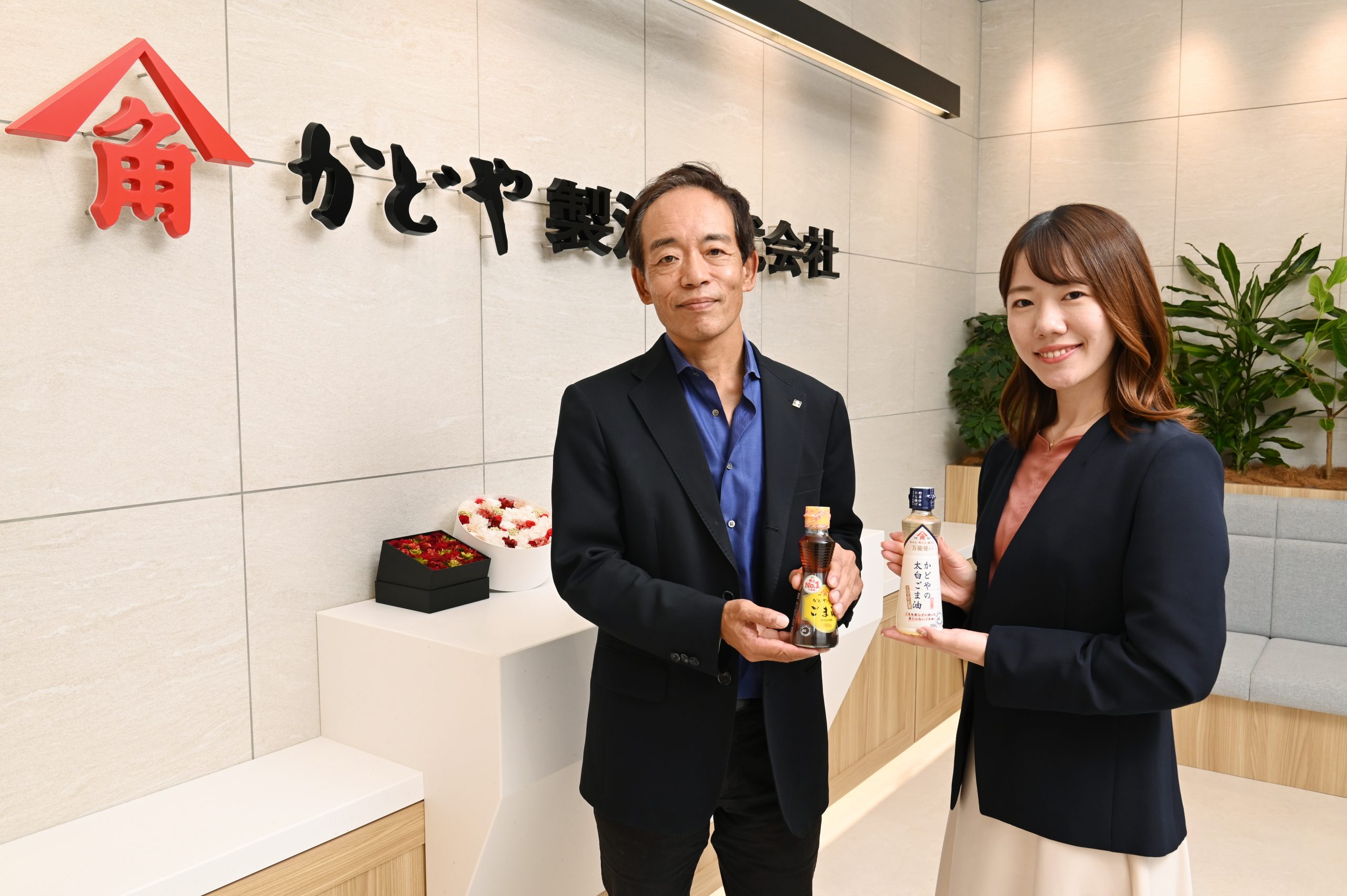
Fan marketing, D2C, and other terms vary, but more and more companies are now trying to connect directly with their customers. In this series of interviews with partner companies that practice partner relationship management (PRM), including communities, we will clarify "why direct connection is necessary" and "what companies need to change accordingly. The interviewer is Tatsuo Ishii, Executive Advisor of Kao Corporation, who has long been involved in brand marketing at Kao Corporation.
Kadoya Seiyu, well-known for its yellow-capped sesame oil, launched the online community "Sesame Labo" in May 2022. Although it has only just been launched, it is notable for measures that do not end with the online community, such as sending out content linked to the real community on Shodoshima, the island where the company was founded, and adopting user-generated recipes for the menu at "goma to," a sesame specialty cafe in Jiyugaoka.
The person behind this series of initiatives is Hiroaki Nakayama, Director and Managing Executive Officer. Mr. Nakayama, who initially became involved with the company as an external auditor, saw the potential of the 165-year-old company, but also felt that the company was not sufficiently communicating its appeal. So, after joining the company in 2020, he decided to take the lead in rebranding the company.
How does community work in branding? We asked Executive Director Nakayama and Nana Kikuchi, who is in charge of on-site operations, about the company's efforts to coordinate offline and online activities.
Wasteful company
--I have the impression that your company is successfully connecting the online community to the real world, and even branding it. I'd like to ask you about that today, but can you start by telling us how you started the company?
【Nakayama】 Before I answer your question directly, let me begin by telling you why I wanted to come to this company. I am sorry to make this a personal story, but that has something to do with the answer to your question.
I have been working in the food business for almost 30 years at my previous company, Mitsubishi Corporation. MC is the largest shareholder of Kadoya and I was assigned to serve as an outside auditor of Kadoya for one year seven years ago. I came to the board meetings every month and asked about the business situation.
One of the things I thought was, "What a waste of a company. It has very good points as a company and is doing good things. Nevertheless, I felt that the company was not sufficiently promoting its good value both internally and externally.
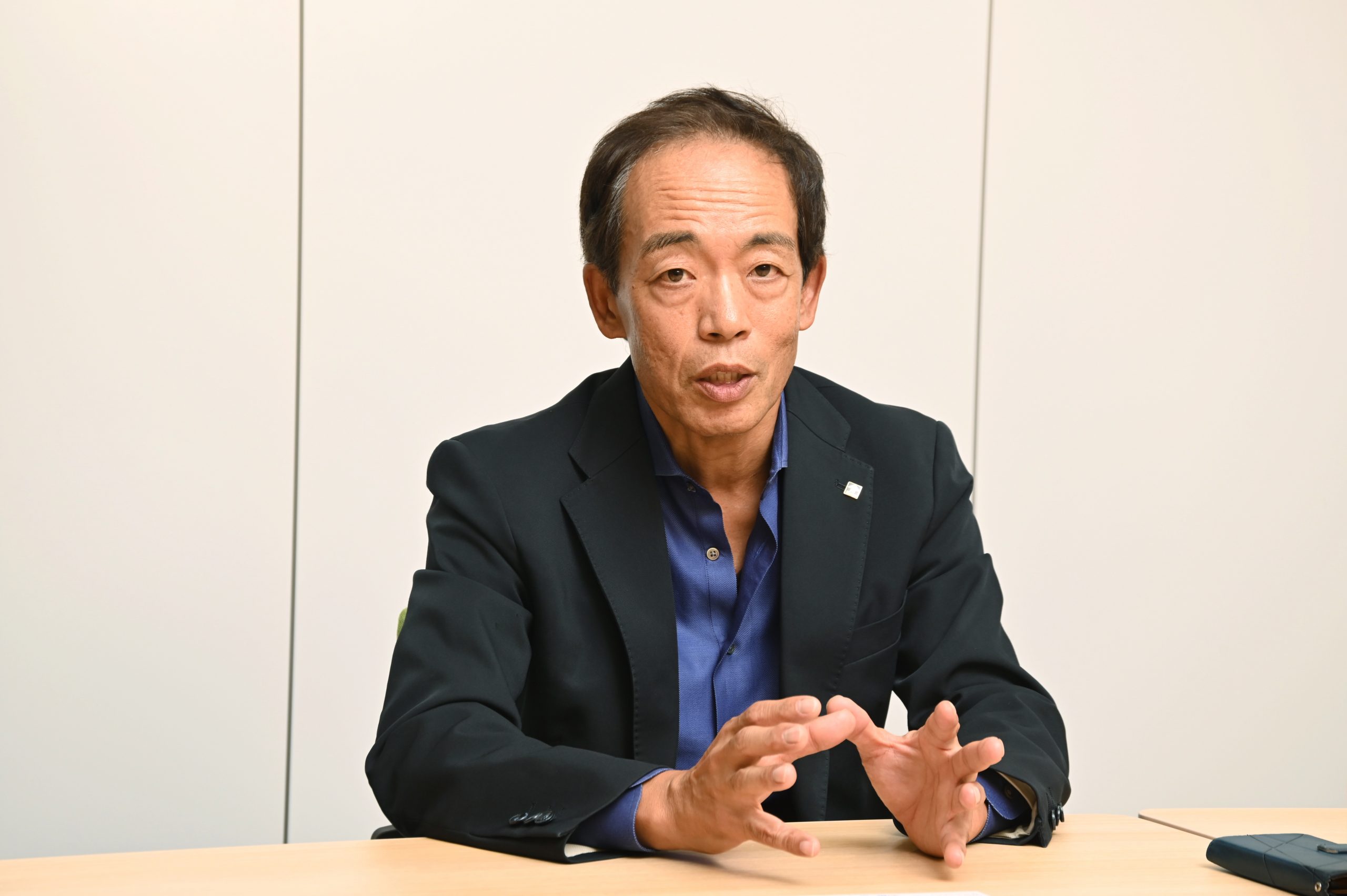
Kadoya Sesame Mills Incorporated Hiroaki Nakayama, Director, Managing Executive Officer, General Manager of Domestic Business Headquarters and in charge of Overseas Business Headquarters
--What do you mean by "good points"?
【Nakayama】 One is the relationship with Shodoshima. Kadoya was founded 165 years ago on Shodoshima.
Shodoshima has a very good image of "olives," "wind-swept island," "beautiful sea and sky," etc. We have been making sesame oil there for 165 years. We have been making sesame oil there for 165 years, but we have not really promoted this fact outside the company. Most of our customers, even those who are familiar with Kadoya's products, do not know that our products are made on Shodoshima Island.
In other words, the value of the product is not being fully exploited. I thought that if we could increase the number of fans by appealing to them properly, we would be able to increase the value of our products.
--It is certainly too wasteful material not to PR.
【Nakayama】There is more to "mottainai" than that. Most of the sesame used to make Kadoya products comes from Africa. We import sesame grown by African farmers. The areas where sesame is grown are generally dry and not fertile, making it difficult for farmers to grow crops such as corn, soybeans, and wheat, which are expected to provide high income. That is why they spend so much time and effort to cultivate sesame, which has such amazing vitality that it can grow even in dry and hot areas. In other words, farmers who are by no means affluent support our business.
If so, our company could create a program to support such people. This would contribute to the SDGs. We are in a position to do so.
Furthermore, we use up almost all the sesame we import from Africa and other producing regions in this way. Less than 0.5% is wasted. To be more specific, sesame oil is made by pressing sesame seeds. About 50% of the raw material is turned into oil, but the remaining 50% is actually rich in nutrients, with nearly half of it being protein. We sell this as a secondary raw material for animal feed. In other words, we are running our business in a recycling manner, with almost no raw sesame seeds going to waste.
Coexistence with the local community on Shodoshima Island, support for African farmers, and an almost zero food material waste rate. In addition to these three, in recent years we have been focusing on exports to overseas, especially to the North American continent, including to the United States. Even so, our overseas sales still account for less than 20% of our total sales. In the future, we would like to export more of our products not only to the North American continent but also to the rest of the world.
If the four points I just mentioned were conveyed clearly to consumers and other stakeholders, this company would appear even more attractive. This thought is what brought me to this company.
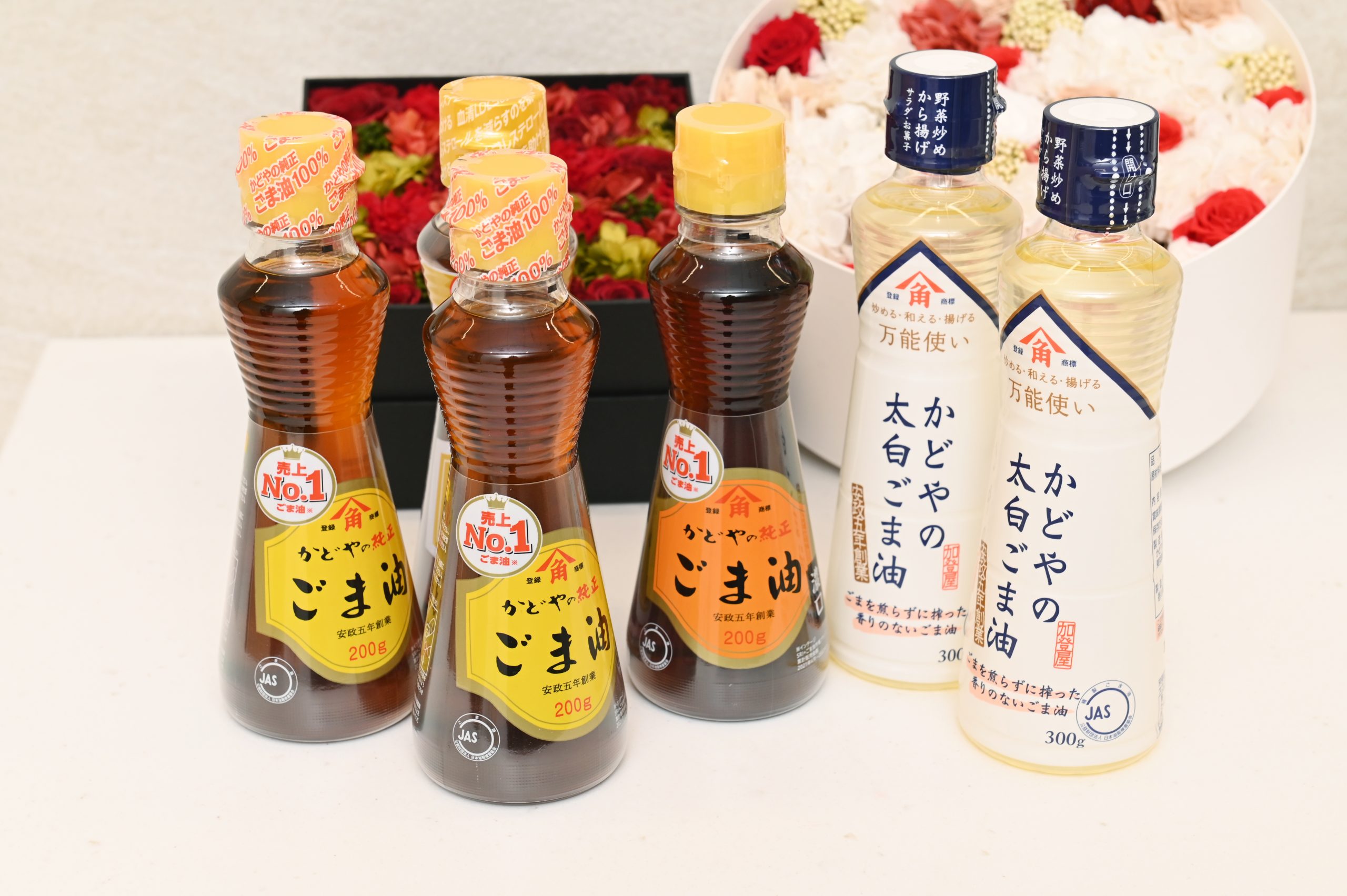
--It is said that a brand is "something that is born in the customer's mind only when the product and the information are combined. Therefore, a brand cannot exist if either is missing. Furthermore, we live in an age where just doing good things is not enough to naturally convey a message.
【Nakayama】 That's right. If you don't communicate, you can't start. For this purpose, it is important to appeal through websites, etc., but our business is "B to B to C" in the home-use market. In other words, wholesalers and retailers are involved in the sales process, and we have not been able to communicate directly with consumers who hold our products in their hands.
Therefore, we needed to open up communication tools at all costs. Metaphorically speaking, I thought it would be better to do both "offline communication" and "online communication.
The online community is "Goma Labo," and the offline one is "goma to," a physical store we opened in Jiyugaoka. I thought that by using both to propose new ways of using and cooking with sesame, for example, and to promote the four points mentioned above, people would understand that "I thought we were an old-fashioned company that had been doing the same thing since the Edo period, but we are trying our best to do many new things. I thought that by offering new ways of using sesame and cooking, we could make people understand that we are an old-fashioned company that has been doing things the same way since the Edo period.
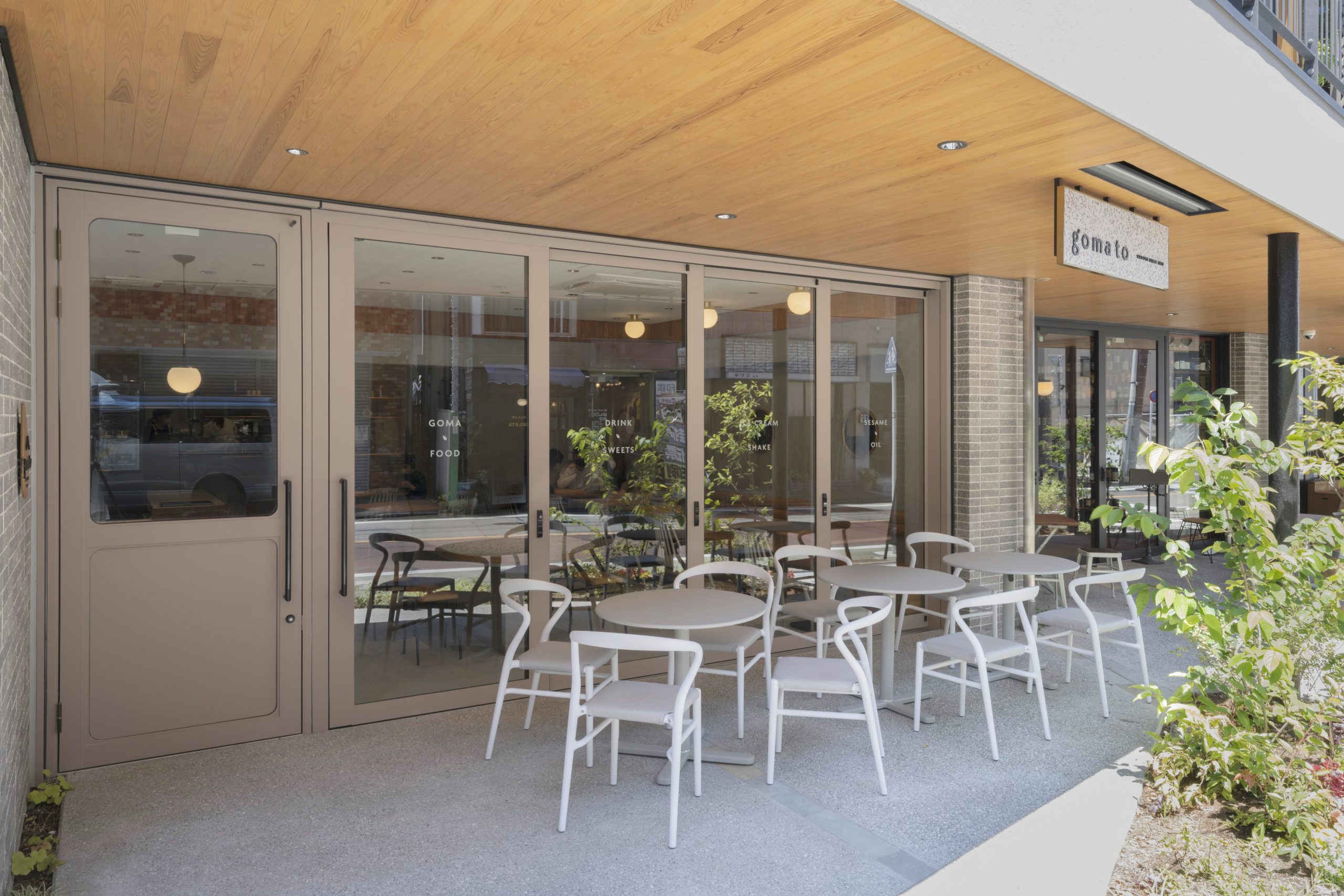
Kadoya's first cafe "goma to" opened in Jiyugaoka, Tokyo in June 2022.
"Pinning" under one vision
--You just mentioned online and offline. Companies have various points of contact with their customers, such as customer centers, SNS, and communities. However, if all of these are being done by different departments and what they are saying is different, it will not work. It could lead to negative reactions from customers. Somehow we need to make it consistent.
【Nakayama】 You are right, and that was the first issue I felt when I came to this company three years ago.
What does Kadoya exist for and why does each and every one of us work here? What value do we provide to our customers and for what reason do they choose us? ...... We had no clear answers to these questions.
After a little more than a year of internal discussions, in April 2022 we created a brand concept: "Sesame makes the world happy. The phrase "Make the World Happier" is a phrase that we have been using to describe our brand concept. The phrase "Make the world happy" has two meanings: to make the people around us happy and to conduct our business in a way that does not harm the global environment.
In this way, we first set an "axis to aim for," and then each business division considers what it can do based on this axis. We have created such a flow.
--Very important.
【Nakayama】 Sesame is a super food that is packed with nutrients such as fat as a source of energy, including about 1% of sesamin and other gomarignan, high-quality protein, calcium, and iron in a single small grain, as seen in its nutrient composition. We have built our business on very good food ingredients. The concept is that we should all do things together to maximize its value. Based on this concept, some people sell. Some will sell, some will produce. Some develop new products. Some people do PR like we do. Each of these is fine in its own way, but in any case, we felt that we had to pin it down first.
To do this, we believe we first need to make sure that people within the company understand what we are doing.
Even if we have a system in place for direct communication with consumers and other stakeholders, it will not be persuasive or powerful unless we, the communicators, first have a clear understanding of the concept.
--What kind of relationship do you hope to build with customers in this community, and what specific activities are you doing to achieve this?
【Nakayama】 We are taking various steps through trial and error. It would be better to talk about this from Kikuchi.
【Kikuchi】 For our part, we would like to increase the number of customers who share our company and products, and we would like to have a community where we can talk with these people on an equal footing. We would like to create a good relationship where we can talk with these people on an equal footing. We would like them to share their opinions, not only positive ones, but also frank ones, such as "I would like to see more improvements here," and we would like to build a good relationship where we can work together to improve each other's products and services.
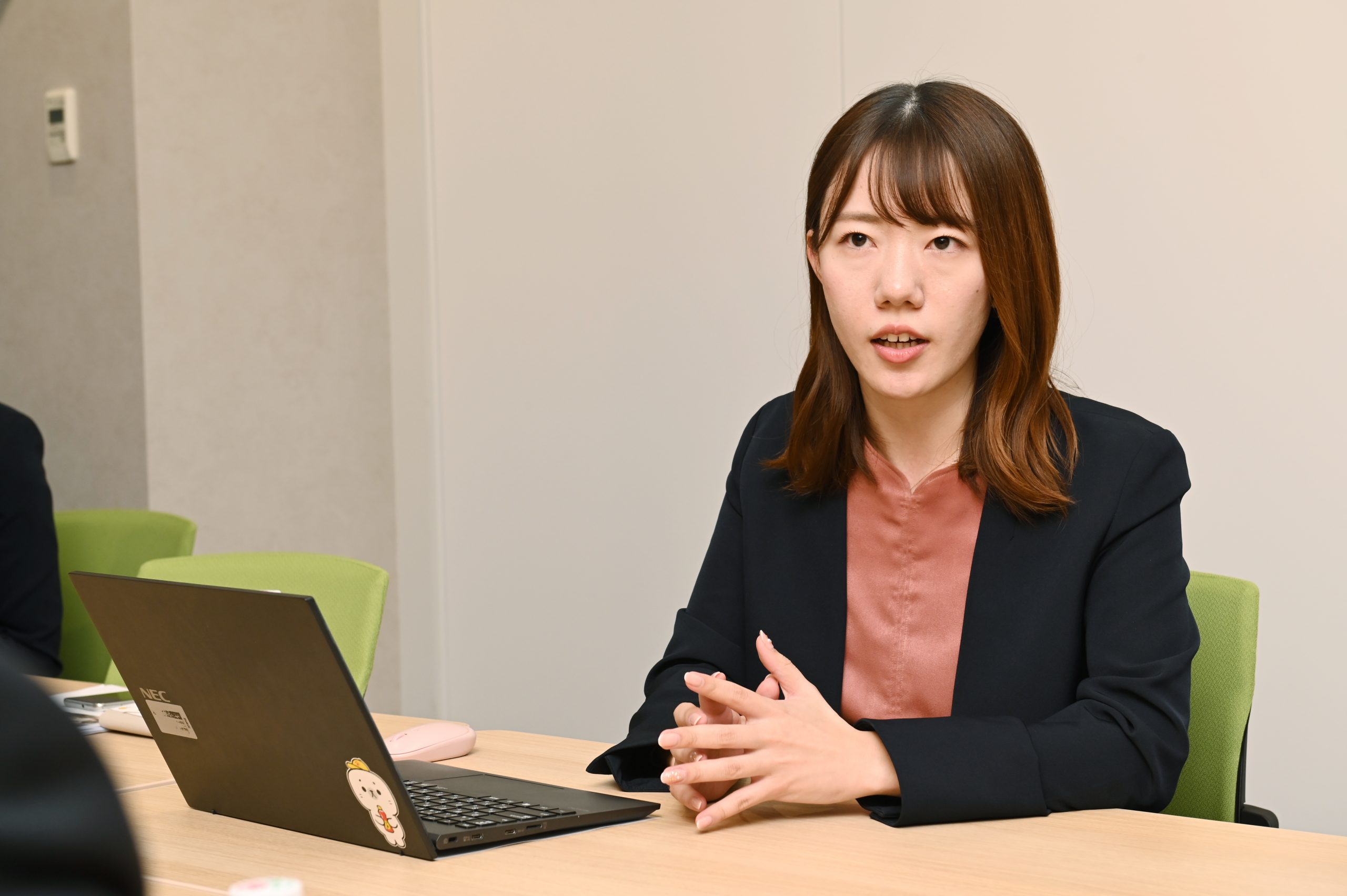
Kadoya Sesame Mills Incorporated Nana Kikuchi, Sales Marketing Team, Product Marketing Section, Marketing Promotion Department
【Nakayama】 This was before we launched the community, but two years ago we launched a new Tokuho product called "Kenyaka Sesame Oil. One tablespoon (14g) taken continuously every day helps reduce serum LDL cholesterol. This product has such an endorsement from the Consumer Affairs Agency.
●This product contains sesamin and sesamolin, which help reduce serum LDL cholesterol. Recommended for people with high serum LDL cholesterol.
●Eating habits should be based on staple foods, main dishes, and side dishes, and the balance of meals.
However, it is not enough to just say "healthy, healthy". We were thinking about how we could make products that contribute to health in our research and development, but we were surprised when a consumer said, "Tokuho doesn't have a very tasty image. It is an obvious statement, but I thought it was very important to have a two-way exchange of opinions with customers.
Therefore, as Kikuchi says, I want to have an equal relationship with them.
【Kikuchi】 One specific measure to achieve this is, for example, recipe submission content. We ask people to submit recipes for interesting dishes using sesame, and for particularly good ones, we actually offer them to customers as "goma to" menus. So far, three desserts have been adopted.
We are also trying to encourage active fans to visit "goma to" and discuss the appeal and history of sesame, as well as our company, over a meal.
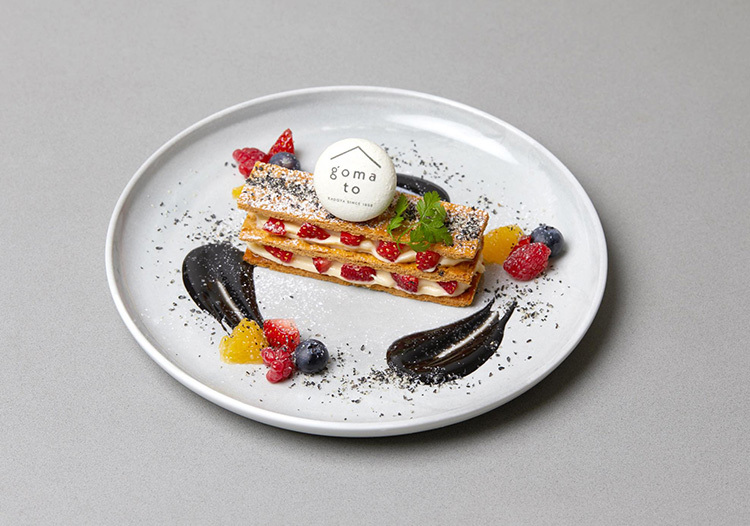
Recipe "White Sesame Custard and Strawberry Mille-feuille" created by a member of "goma to".
--It is exactly the kind of measure that mixes online and offline activities. What do you expect from those who become your partners through such measures?
【Kikuchi】 For our part, we would like you to create kadoya fans with us. We hope that they will involve others and work together with us, and that they will work together with us from the same perspective.
【Nakayama】 Simply put, I hope that we can spontaneously advertise and increase the number of our friends a lot, and that people who sympathize with Kadoya's activities will also run on their own. But in order for that to happen, we need to have a deep understanding of our activities, and to do that, we need to have a story first. That is what we are sending out on a daily basis at "GomaLabo.
Internal awareness campaigns are also interactive.
--We now know what -kadoya-san expects from its customers. On the other hand, what do those who have become core fans want? What is the value of connecting with Kadoya for customers?
【Kikuchi】 It has been a little over a year since we started, and we now have about 11,000 "Gomalabo" members. I think most of them probably joined because they "like sesame and its products. From there, I think people are gradually becoming interested in the kind of people who work there and how the products are made.
When we tell them that our products originated from Shodoshima, we receive comments such as, "I wish I had known about it earlier," or "I would have liked it even more if I had. I believe that users are particularly attracted to the fact that they can make new discoveries together with other sesame lovers, including us.
In addition to the value of learning new and previously unknown information in this way, the co-creation contents may also have the value of satisfying the need for self-affirmation and recognition, such as being recognized by Kadoya Seiyu, gaining trust, and working together.
Although the way of feeling is different for each of the three, we are happy if you feel the value of "happiness" from the sesame seeds more deeply, and we would like to continue to deliver it in the future.
-- Compared to other communities supported by eLife, the data shows that there are more males among the active users of "Sesame Lab". The ratio of "7" females to "3" males is quite high. Can you think of any reason for this?
【Kikuchi】 This is just a guess, but sesame oil is often used in the "gutsy" menus of machuka and izakaya (Japanese style pubs), so there may be quite a few men who prefer such items.
【Nakayama】 You may be surprised to learn that since Corona, the consumption of sesame oil in the home has increased by about 20%. We believe that more people have realized that sesame oil has "unexpected uses" amidst telecommuting and behavioral restrictions.
-In addition to those reasons, I thought it might be that men have a high affinity for what we want to convey as Kadoya.
【Nakayama】 Yes. I do too. I think not only women but also men are very interested in the stories and histories behind products.
Around March of last year, Shodo Island was featured in a TV program. Miso, soy sauce, somen noodles, sesame oil. The island's quarries produced very good stones, which attracted people from all over the country, and the food culture flourished there.
Then, several friends contacted me after seeing a small clip of our products in the program. They were impressed to know that Kadoya has been working hard all these years on Shodoshima. Why don't you do more to appeal to the public?" They advised us.
-That could possibly be a new business opportunity there.
【Nakayama】 Yes. However, I think it is essential to be persistent in this kind of work, just like the rings on a tree. This is just my feeling, but I don't think it is something that can be done today and will be effective tomorrow.
That is why it is difficult to be understood even within the company.
--The effectiveness of a community is not necessarily measured in terms of numbers of people. The purpose is not to attract people, but to create a bond with customers and increase brand value. Many people on the frontline have a hard time getting people to understand this. I think it is very helpful when someone in a higher position, such as you, says, "Let's take the time to nurture them.
【Nakayama】 This is completely out of line for Mr. Ishii, but even for the same type of advertising and PR, there are two types: those that increase corporate value over the medium to long term, and those that increase it in the short term. Therefore, I believe that we need to make a proper distinction between corporate branding and sales promotion.
-It's one thing to build a fan base outside the company, but we still need to make sure that people within the company understand what we are doing.
【Nakayama】 Yes. It is extremely important. That is why we hold workplace conventions, and I often say, "It is important to explain things not on a departmental basis, but on a smaller unit basis, such as a section. This is because I believe that smaller units allow for more interactive dialogue.
--By the way, who is in charge of this dialogue?
【Nakayama】 The director of the Marketing Promotion Department and others are working in teams. It is impossible for the general manager to explain everything by himself. We are divided into several groups and go around to each section to discuss, get them to understand, and say, "Let's work together! and we do it at the grassroots level.
To do this, each person in the Marketing Promotion Department, who is the first missionary, must have a deep understanding of the concept. We are doing this with the belief that a deep understanding and then educating people internally and externally will lead to persuasiveness and power.
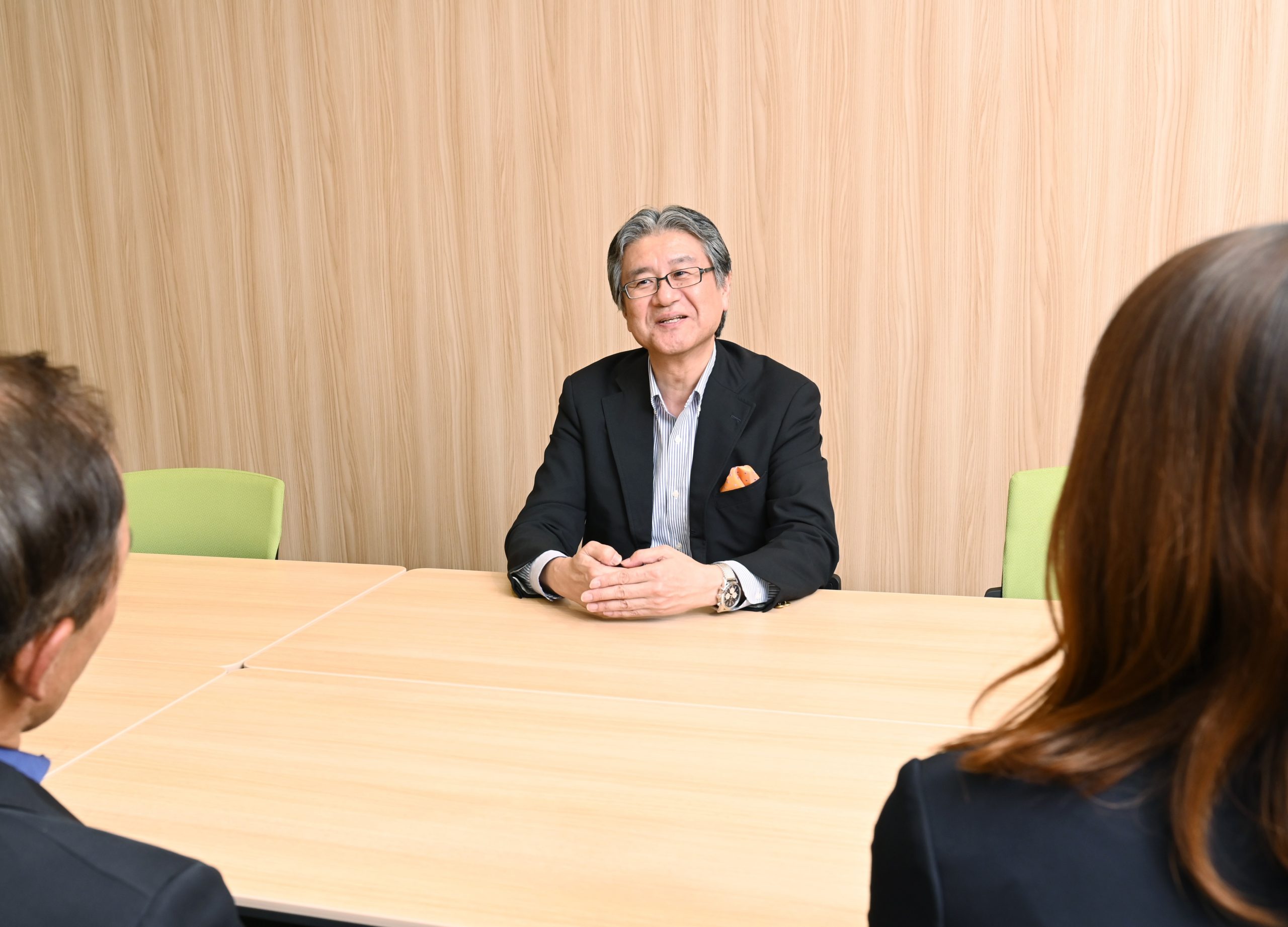
The purpose of the community is to deepen relationships with customers and improve brand value," says Tatsuo Ishii, Executive Advisor, eLife
165 years on Shodoshima. Finally, a bridge has been built.
--I think one of the best parts of "Gomalabo" is that it successfully connects the digital community with the real community of Shodoshima. Was this something you intended to do?
【Nakayama】 am ashamed to say that I made this with the best of intentions. It was only in the last two years that we started. We have been here for 165 years since our establishment, and while we have contributed to the employment of about 200 people at this point, we have not been able to do much with the government until now.
However, we believe that it is not a bad idea to promote Shodoshima through sesame seeds, not only for us but also for the people of Shodoshima. Shodoshima is one of the most visited islands in the Japanese archipelago. Before the Corona disaster, it was visited by 1 million people a year. It would be a waste for both parties if we were not able to promote our products to these people.
We are proud of the fact that we were born on Shodoshima. More than 90% of the people working at our factory on Shodoshima were born and raised on the island. I thought it would be a good idea to make a strong effort to have them take pride in "Made in Shodoshima.
So last summer, I went to talk to the local government and told them about our idea, and they said, "Let's do it together.
Since then, we have been working together with the government when they hold fairs in Tokyo.
-I thought it was good that they are actively trying to build relationships with people in the local community, like the "Shodoshima Camera" as well as with the government.
【Nakayama】 Thanks to your cooperation, we are receiving good support. We are newcomers to Shodoshima, having only started talking about it in our 165th year, but we would like to deepen our relationship with the island even more.
This summer, "goma to" also held a fair featuring dishes made with ingredients from Shodoshima. In the future, I would like to share the recipes on "Goma Labo" as well, and in every possible way to promote "Made in Shodoshima".
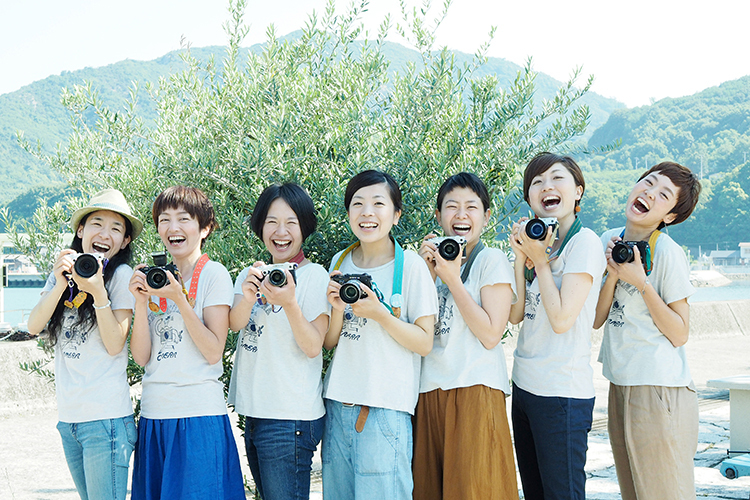
Shodoshima Camera" is a group of members who live on Shodoshima Island. In the " Shodoshima Camera x Kadoya" series on Gomalabo, the members share the charms of Shodoshima that they encounter in their daily lives.
--I think this is a challenge to create brand value with customers over the long term, with "Shodo Island," "goma to," and "Goma Labo" at the core of the brand. If the three of them can be well coordinated, it will be a wonderful community.
【Nakayama】 Toward this end, I believe that we must become even more "sesame enthusiasts" than before.
In creating the "Sesame Labo," I took a great deal of reference from Kagome's efforts, and Kagome is engaged in various activities both inside and outside the company to create "tomato enthusiasts" in the world.
Again, sesame is a valuable commercial product. We still have room to grow. I would like to grow together with our fans.
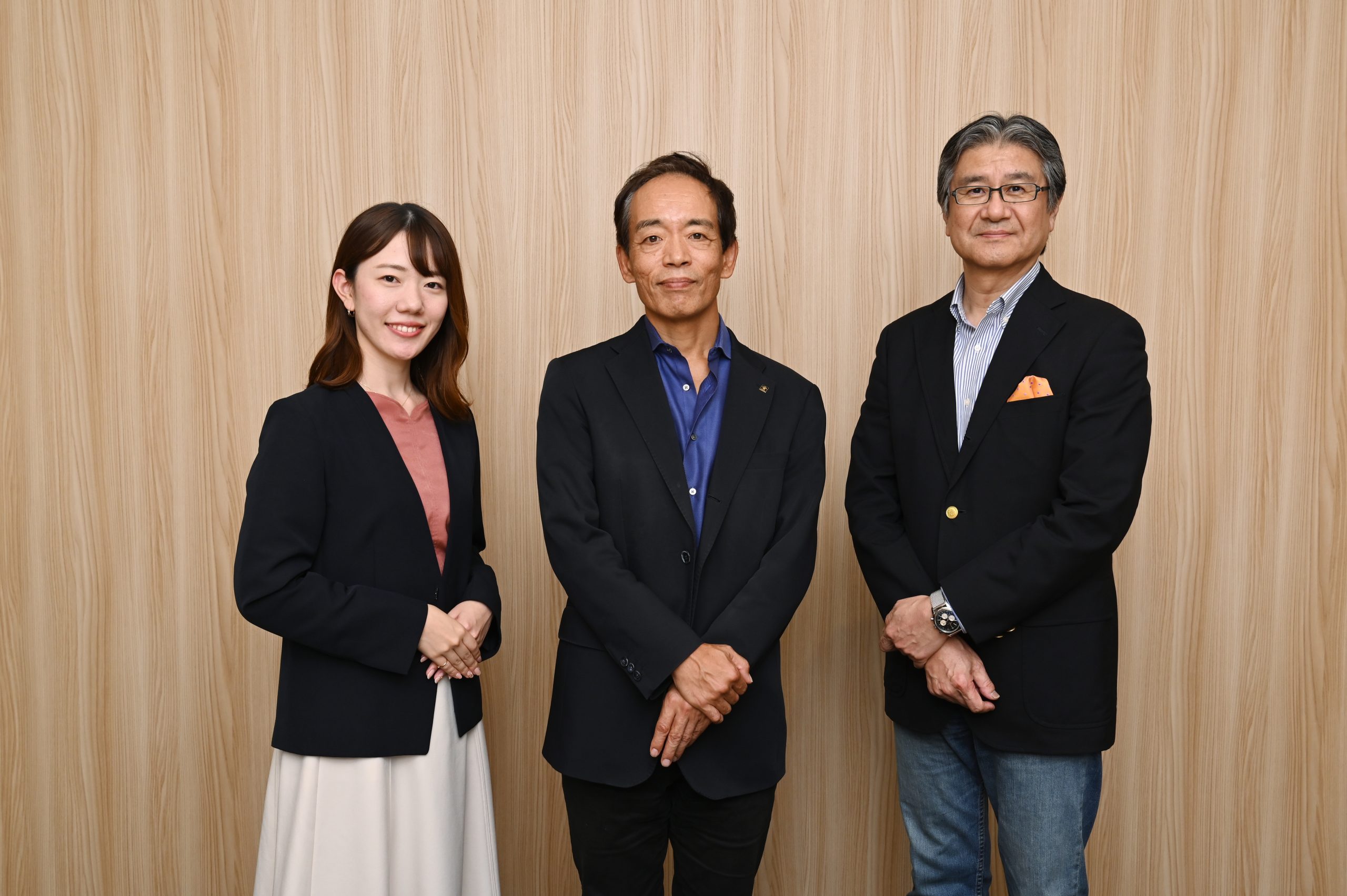 In the fourth installment of "PRM Practice Company Visit," we visited Kadoya Sesame Mills Incorporated.
In the fourth installment of "PRM Practice Company Visit," we visited Kadoya Sesame Mills Incorporated.When it comes to fan marketing and community marketing, the focus tends to be on online activities, and the goals tend to be the number of participants and sales contribution.
Especially in recent years, as corporate social responsibility has been called into question, more and more companies globally are placing ESG at the core of their management. Kadoya's vision and activities, such as its support for the local communities of Shodoshima, where it is based, and Africa, where it produces sesame seeds, and its efforts to achieve zero emissions, are the very embodiment of ESG.
The online community "Gomalabo" is a place to share this vision with customers, and I believe that the vision will permeate not only the members of the community, but also the local community and store users, as the menu posted in the community is served in the actual store "goma to" and daily life on Shodoshima is introduced in the "Gomalabo. In this way, the vision permeates not only the members of the community, but also the community of the local area and store users.
The online community "Goma Labo", the local community of "Shodoshima", and the café-restaurant "goma to", which proposes delicious sesame-based dishes, are the trinity that will rebuild the branding of Kadoya Seiyu, and we will be watching its future. (Interviewer: Tatsuo Ishii)
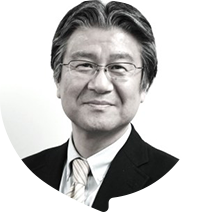 Tatsuo Ishii, Executive Advisor, eLife Inc. Tatsuo Ishii, Executive Advisor, eLife Inc.He served as manager of a number of brands for 14 years at Kao Corporation, where he also launched Agience as a new business. In 2003, he established the Digital Marketing Center, where he was involved in the planning and operation of web-based strategies and established the Digital Marketing Center as the head of the center. In 2017, he was appointed as Executive Advisor for eLife Inc.. He is a part-time lecturer at the Graduate School of Business Administration, Waseda University, a Marketing Meister of the Japan Marketing Association, a member of the Digital Media Committee of the Japan Advertisers Association, the Chairman of the Brand Experience Jury of the Dentsu Advertising Awards, and an auditor at C Channel K.K. He is a leading marketing expert. |
(Composition: Atsuo Suzuki)

